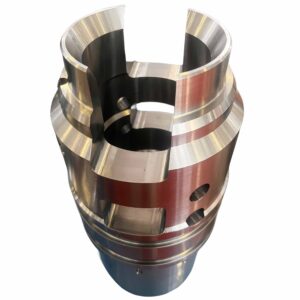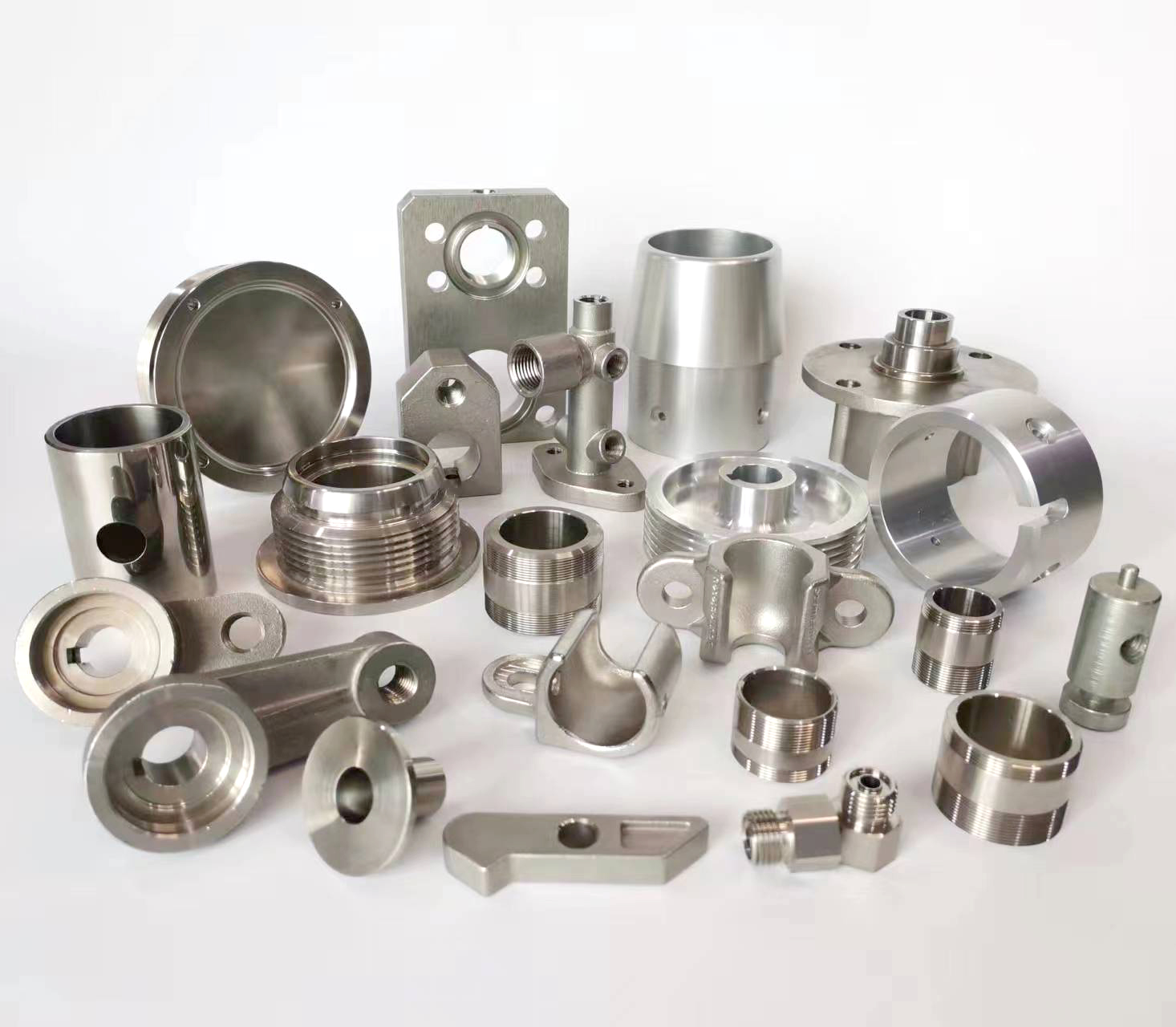
The cooling process after forging is a critical step that directly determines the final microstructure, mechanical properties, and residual stress of the metal part. Selecting the appropriate cooling method is essential to meet the specified material properties and performance requirements.
Here are the primary cooling methods employed in the forging industry:
1. Still Air Cooling (Normalizing Cooling)
Process: Forgings are laid out individually or in small batches on a rack or the shop floor in a still air environment (without forced airflow from fans or blowers). Cooling occurs naturally through radiation and natural convection.
Effect on Microstructure: This method allows for the formation of a uniform, finer pearlitic structure (in steels). It is often used to refine grain size that may have grown coarse during the high-temperature forging process.
Applications: A very common and economical method for many carbon and low-alloy steel forgings where standard mechanical properties are sufficient. It is essentially the industrial application of normalizing.
2. Controlled (or Forced) Air Cooling
Process: Similar to still air cooling, but fans or blowers are used to circulate air around the forgings at a controlled rate. This increases the cooling rate compared to still air.
Purpose: Used when a slightly faster and more uniform cooling rate is required than still air can provide, but not as severe as quenching. It helps to avoid the formation of undesirable microstructures in some alloy steels.
3. Quenching (Rapid Cooling)
This involves immersing the red-hot forging into a liquid or gas medium to achieve a very rapid cooling rate. The choice of quenching medium depends on the desired hardness and the hardenability of the alloy.
Water Quenching: Provides the most severe cooling rate. Used for carbon steels and some low-alloy steels to achieve maximum hardness (forming martensite). Risk of distortion or cracking is high.
Oil Quenching: Provides a less severe cooling rate than water (a “softer” quench). It is widely used for alloy steels to achieve high strength and hardness while minimizing the risk of cracking and distortion compared to water.
Polymer Quenching: Uses a water-based polymer solution. The cooling rate can be adjusted based on the concentration and temperature of the solution, offering a balance between the severity of water and the gentleness of oil.
Gas Quenching: Uses an inert gas (like nitrogen or argon) circulated at high pressure around the parts. Primarily used for high-alloy steels, tool steels, and superalloys that are sensitive to thermal shock. It offers very uniform cooling with minimal distortion.
4. Furnace Cooling (Annealing Cooling)
Process: The forgings are placed immediately into a furnace held at a specific temperature (below the transformation temperature) and cooled very slowly at a programmed rate along with the furnace shutdown.
Effect: This is the slowest cooling method. It produces a soft, coarse microstructure (e.g., coarse pearlite). The goals are to:
Relieve internal stresses.
Maximize softness and ductility.
Improve machinability.
Homogenize the microstructure.
5. Induction / Controlled Cooling After Forging (CCAF)
Process: This is a highly engineered process where the cooling rate is precisely controlled within a specific temperature range. Forgings may be moved through a tunnel with controlled air or mist, or held in an insulated container.
Purpose: To achieve a very specific transformation microstructure (e.g., bainite) that provides an excellent combination of strength and toughness. It is often used as a more energy-efficient alternative to traditional quenching and tempering for certain high-strength low-alloy (HSLA) steels.





